Table of contents
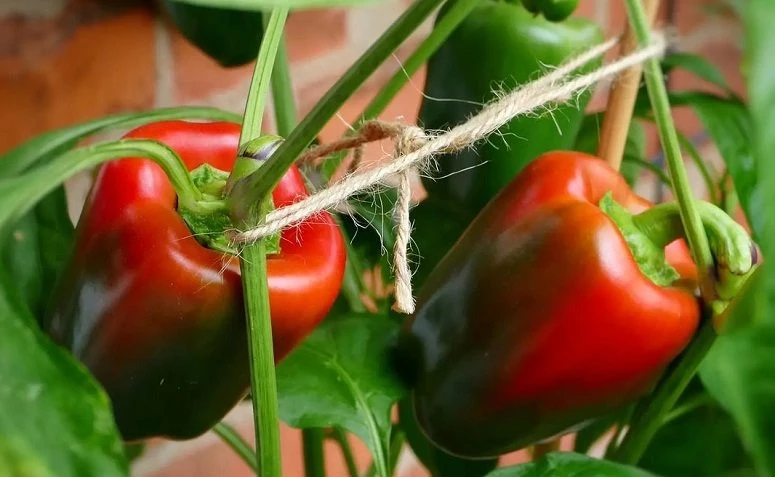
Easy to cultivate, spicy and very tasty, the bell peppers are increasingly present in the Brazilian vegetable garden. Besides, they are rich in vitamins, strengthen the immune system, and bring many health benefits. Therefore, check out tips from an agronomist engineer to cultivate them in your home.
How to grow peppers
The bell bell pepper, besides being widely used in cooking, brings many health benefits. With fruits in red, yellow and green, the plant is the favorite of gardeners who also use it for ornamental purposes. Below, check 9 tips from the agronomist Henrique Figueiredo to cultivate the plant at home:
1. cultivation
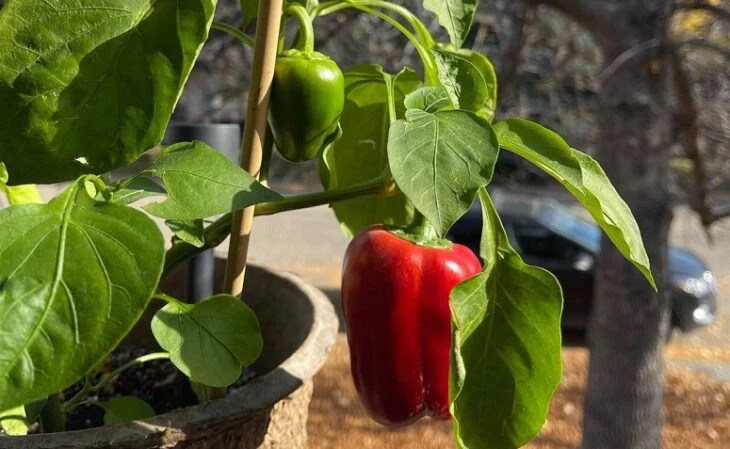
Peppers can be grown in soil or in pots. According to Henrique, "it is important to choose pots with a height of 50 to 60 cm, so the plant's roots can be better accommodated.
2. fertilization
During the life cycle of the peppers, Henrique advises that "fertilizing must be done at least twice". The first time can be done right after planting and the second time after 30 to 35 days.
To guarantee the plant's health for a longer period of time, "it is important to use organic fertilizers, such as cattle manure, chicken manure, worm humus or bone meal. Besides, the bell bell pepper also adapts well to chemical fertilizers, such as NPKs".
3. watering
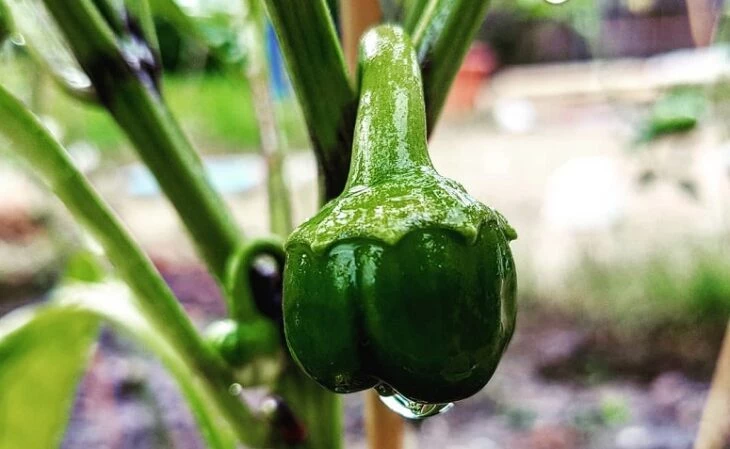
To grow in pots, the ideal is to water the peppers with the help of a watering can. According to the specialist, "the peppers must be watered every day and receive good lighting.
4. lighting
To ensure that the plant blooms healthily and produces good fruit in the future, it needs to receive a few hours of direct sunlight a day: "Ideally, the plant should receive at least 4 hours of sunlight and be located in a well-ventilated environment," he said.
For indoor cultivation, Henrique reminds us that the plant "should be close to windows and balconies, ensuring a more adequate luminosity.
5. ideal soil
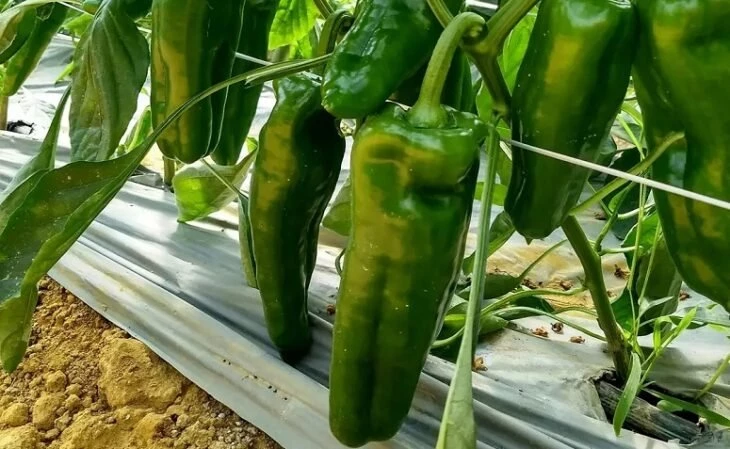
According to the specialist, the secret to grow peppers is also in the soil, which must be rich in organic matter, "The plant must also be grown in a substrate that guarantees good drainage", he indicated.
See_also: Modern house designs for spectacular construction6. how to make seedlings
The main way to multiply chili peppers is through seeds, which guarantee the propagation of the plant and, also, can generate new seedlings of higher quality.
See_also: Fill your home with beauty and fragrance by growing lavender with these practical tips7. best time to plant
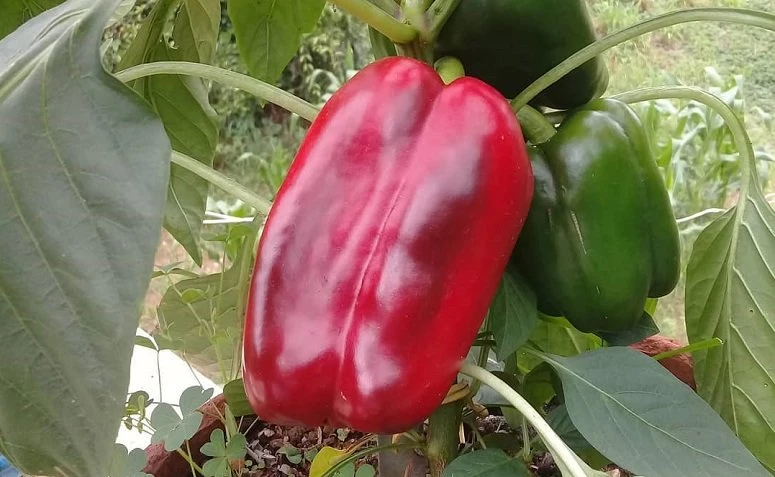
"The best time to plant peppers is between the spring and summer seasons, but in protected environments, such as greenhouses, you can grow them all year round," he said.
8. varieties
Despite having several varieties and colors, there is no difference in the way peppers are cultivated. According to Henrique, "the color difference is related to the time the fruit remains on the plant.
In other words, "red and yellow peppers, for example, are considered ripe fruits, whereas green peppers are harvested before this ripeness.
9. average time of fruit production
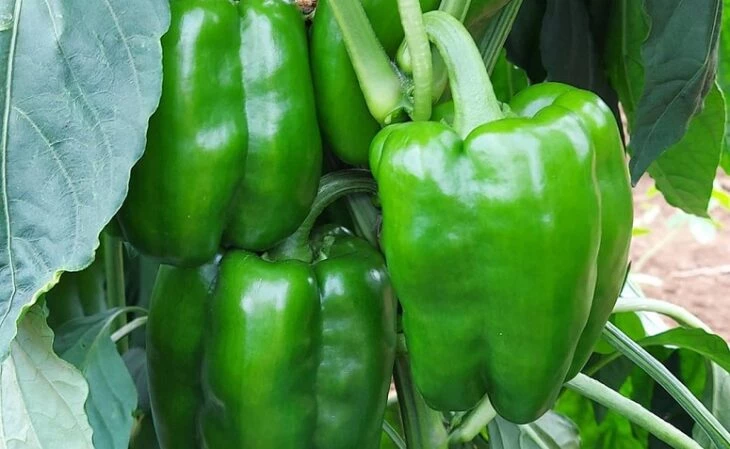
Finally, chili peppers are annual vegetables and therefore harvesting begins on average 110 days after planting. However, Henrique reminds us that the plant can continue to produce fruit for up to 3 to 4 months.
With all these tips, it is easier to grow peppers at home, isn't it? By following all the guidelines, you will have a healthy and beautiful plant for a long time.
Extra tips on how to grow peppers
It is always good to stay on top of more information when you want to grow a new little plant, isn't it? So, check out a selection of videos with more useful tips on how to grow peppers:
More tips on how to grow peppers
In this video, gardener Henrique Buttler brings more tips about growing peppers. The vlog gives more details about fertilization, irrigation, and shows how to grow the plant from seed.
How to grow peppers in a pot
In this video, biologist Anselmo teaches how to grow peppers in pots, ensuring that the plant grows beautifully and healthily.
Tips on how to grow peppers in the pet bottle
Finally, growing plants in PET bottles is a more economical way to practice gardening and, in addition, it guarantees planting in a sustainable way. Therefore, you will learn how to grow peppers in these containers in a simple and very easy way. It is worth checking and getting inspired!
By following the guidelines, you will be able to enjoy all the benefits that the plant has. To expand your home garden, also grow chives. The plant also has culinary uses and, in fact, is perfect for beginning gardeners.


